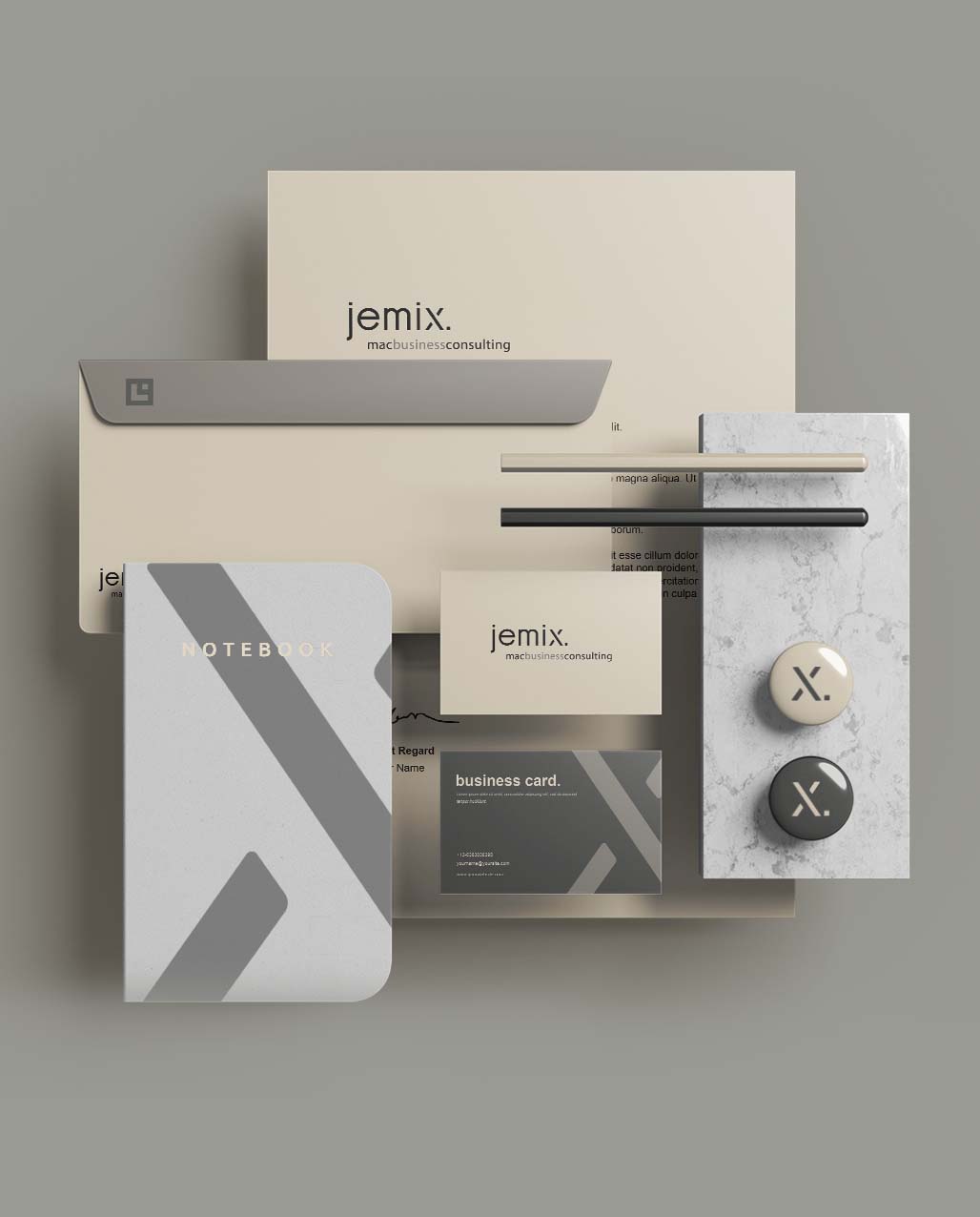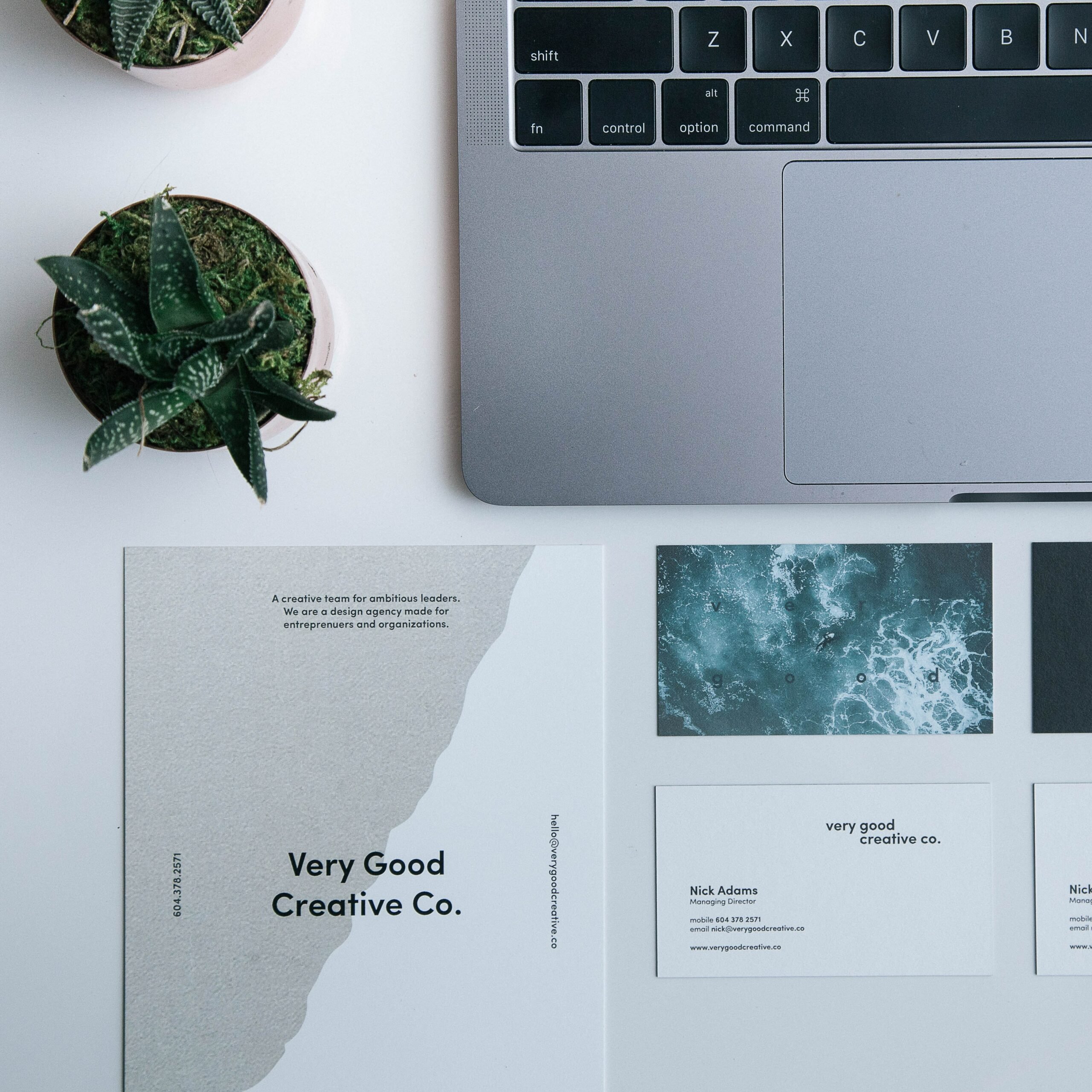Electronic Stationery
Would you like to send digital documents in the same design as your standard mail with little effort? Then simply transfer your company stationery design to your digital correspondence with one click. It doesn’t matter if it is a text file with product information for a prospective client or a digital invoice for a customer.
MacNulis gives your digital stationery a distinctive look from any print menu.
Stationery is a part of every business
A well-designed stationery is part of every company, regardless of its size or industry, whether it has been successfully managed for generations or is in the start-up phase. Stationery serves two important functions in business: the function of communicating straightforward information and the function of communicating emotion.
The informational function of business letters is clearly regulated by law in Germany. A business letter is any externally directed communication to one or more recipients “to matter what form”. Whether a message is sent in paper form by letter or postcard, as fax or online as e-mail or as PDF is irrelevant. The mandatory information must be included. The exact formulation of the required information is regulated by the law corresponding to the legal status. For traders registered in the commercial register, this is § 37a of the German Commercial Code (HGB), OHG and KG are governed by §§ 125 a and 177 a of the German Commercial Code (HGB); for stock corporations, § 80 of the German Stock Corporation Act and limited liability companies (GmbH) are governed by § 35a of the German GmbH Act. The emotional effect of stationery is at least as important as the communication of information regulated by legislation. Even a cursory glance at the stationery triggers ideas and expectations on the part of the recipient. The logo, the size and placement of the logo, font color, the font, as well as the arrangement of the required information are assessed and evaluated in their entirety in milliseconds.
Thus, the company stationery, like the business card and the company sign, contributes to conveying a brand statement, a corporate identity.



The foundation of designed stationery is corporate design
Corporate Design (CD) is part of corporate identity and defines the visual appearance of an organization.
In times of an increasing flood of information and interchangeability of products, corporate design creates a company profile through a unique and unmistakable appearance that is easily recognizable; making good corporate design an important competitive advantage.
Generally, these guidelines are written out in a handbook, the Corporate Design Manual. It contains the basic visual elements (logo, corporate typeface, corporate color, design grid, etc.) as well as examples of potential design layouts.
A corporate design developed in this way is the style guide for the creation of your stationery and serves you, your employee (or the commissioned graphics agency) as a guide in the creation of the communication mediums for your company.

The benefits of Corporate Design
The usefulness of corporate design is multifaceted, and it performs various functions. It visualizes culture, values, company goals and market competence and assumes a profiling and signaling role.
A well-made corporate design can release synergies, create positive associations, high recognizably, and brand awareness. A well-thought-out visual appearance can increase recognition and sympathy – both among your own employees and in external communication – and thus ultimately helps your corporate image, sales promotion and the achievement of your corporate goals.



Electronic stationery that looks like printed stationery
Increasing digitization has revolutionized the entire corporate and private communication culture. Business letters, previously printed on company paper and sent by mail, are now being created and sent digitally by an increasing number of companies – and as a survey from the insurance industry shows, this trend is growing. The German Insurance Association (GDV) found that the percentage of paper mail fell from 60% in 2014 to 52% in 2015. Even if the type of delivery changes, the effect does not. Business letters sent digitally also have an effect on branding, increase recognition value and create a distinctive identity both internally and externally; provided they are designed with a unique layout according to a well-thought-out corporate design concept. This this particularly true if the recipient(s) print documents created initially on the computer in Word, Excel or PowerPoint for filing.


